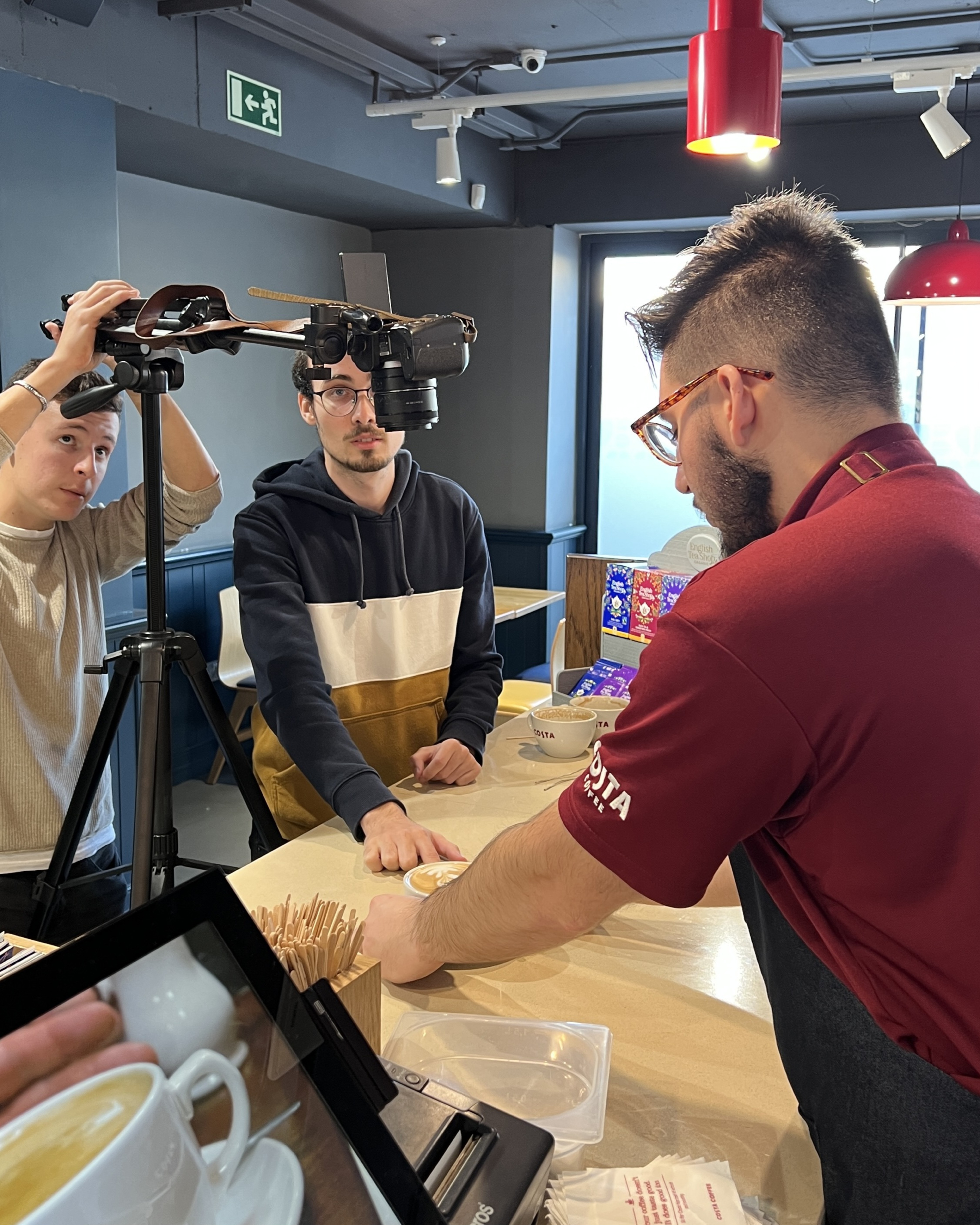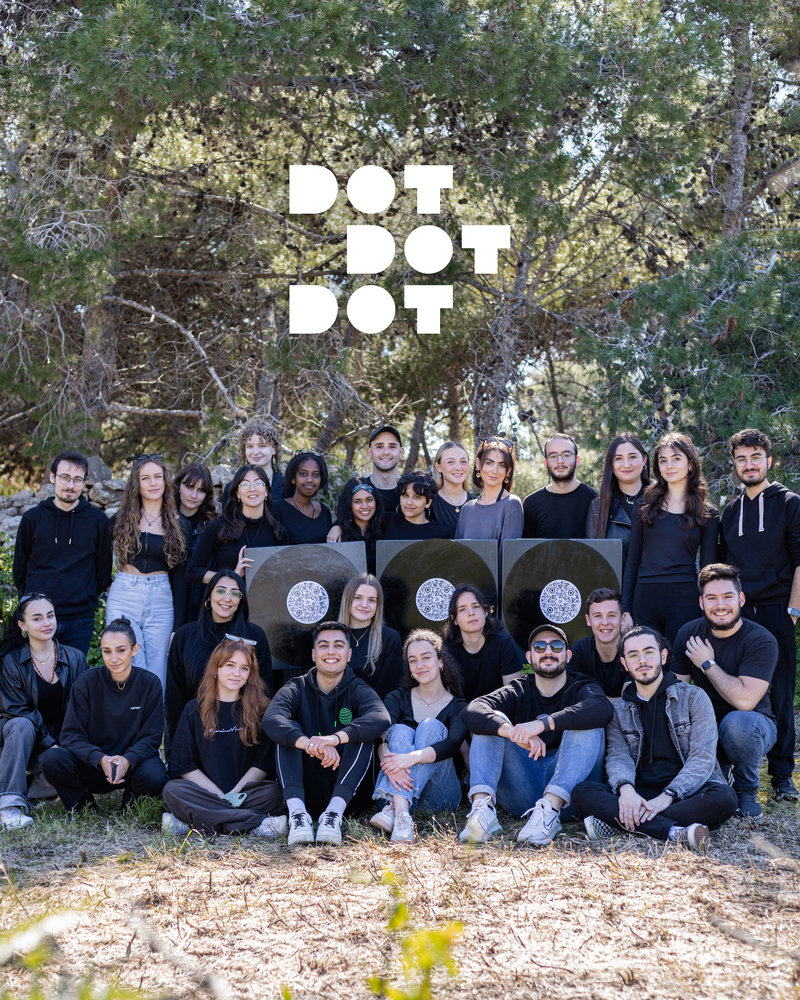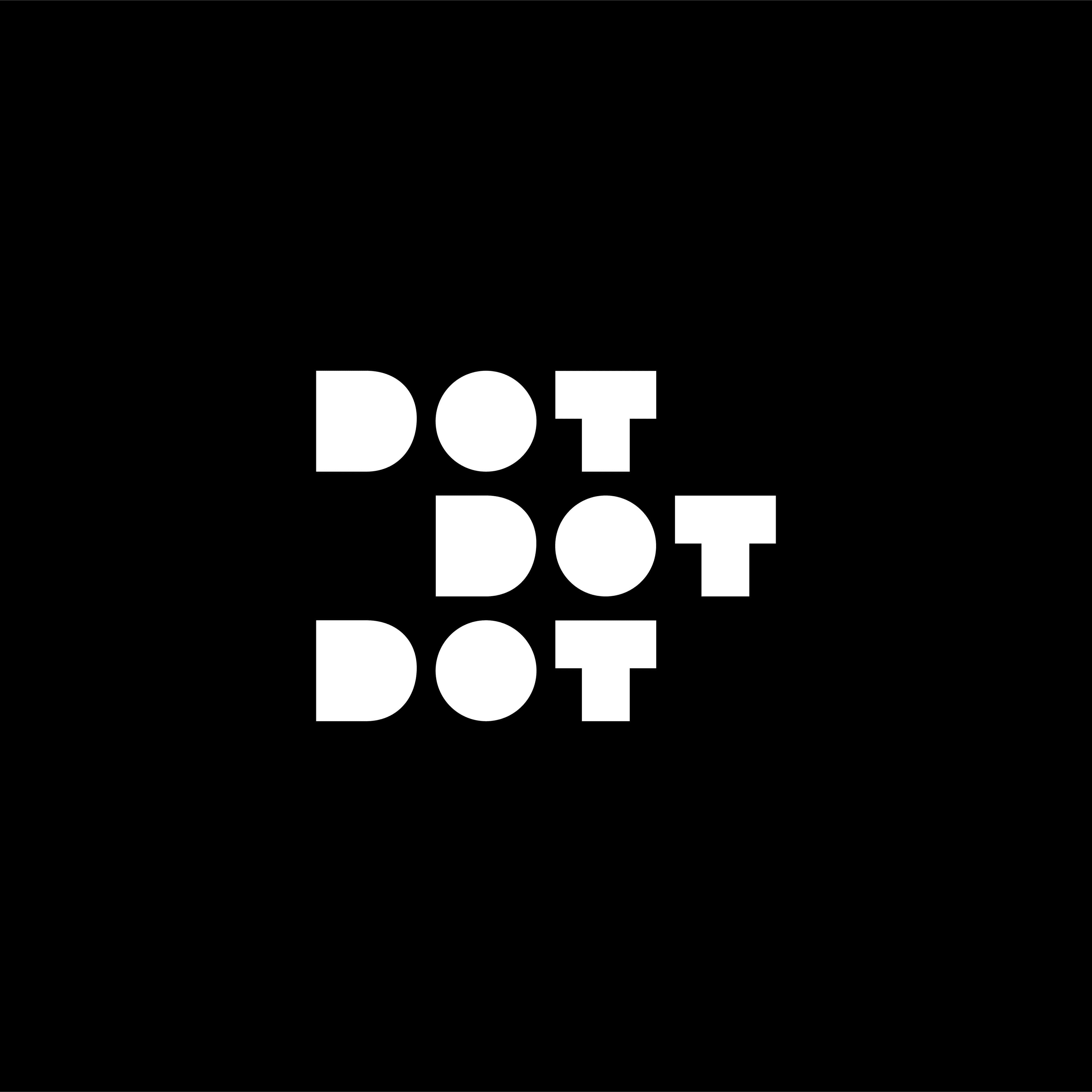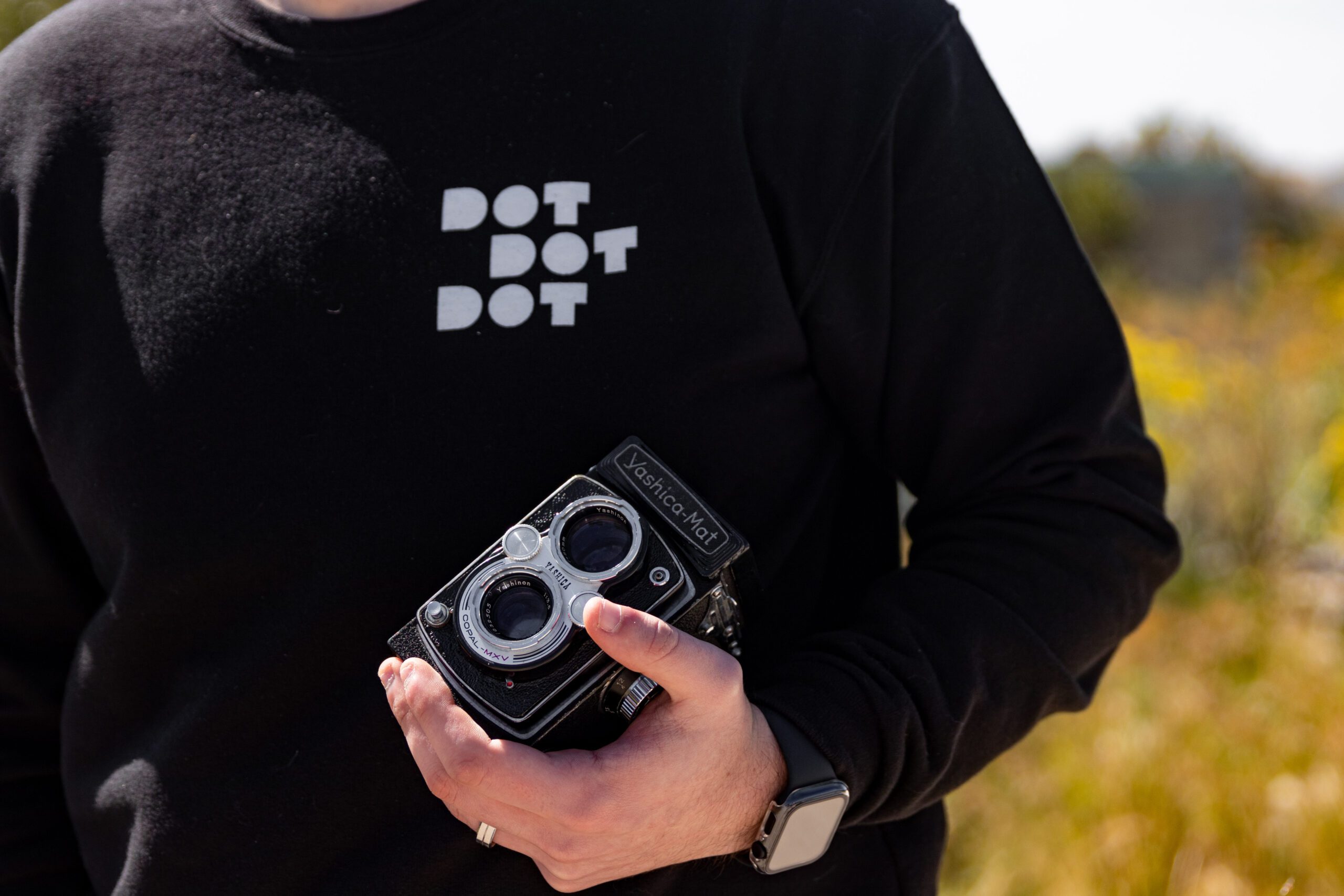A group of 28 communication students from the Faculty of Media and Knowledge Sciences set out to produce their unique take on art and creativity through their magazine, dot dot dot. THINK met up with the head of the editorial team, Julia Camilleri, to discuss their journey.
As part of their final semester of the Bachelor of Communications (Honours) degree, the students, led by Mr Malcolm Bonello, were given the opportunity to create a magazine. ‘This gave us something like job experience that we would not have gotten in a classroom or with an exam.’
Through this journey, the students learned about scheduling and working with other people, thus preparing them for working in the industry. Julia expresses that since the students in the team had other classes and some of them also had part-time jobs, it was difficult to fit with each other’s schedules. However, through planning, they made it work!
She goes on to explain that the Bachelor of Communications degree offers students the chance to build their careers outside the course. The flexible nature of the program offers the students the freedom to follow their own path and encourages them to do their own research in any area or skill they desire. dot dot dot was the culmination of these skills, brought together in a magazine focusing on artistry and creativity.
…The Team
Working as part of a group is definitely not without its challenges. To maximise productivity, the students split into different teams.
The teams were split according to the strengths each member possessed or in accordance with what the student wished to explore and learn more about. In total, there are five subteams behind dot dot dot: Editorial, Communications, Marketing, Design, and Visuals. ‘The leader for each team makes sure everyone meets the deadlines.’ Apart from this, each team has a designated representative that coordinates with other teams since overlaps exist between each subteam.
Despite having designated teams, Julia explained that there were still challenges along the way. Moments of miscommunication were bound to happen, as with any other group. However, whenever they faced a pressing difficulty, Julia expressed how they would immediately turn to Bonello, who served as their ‘anchor point.’
The group consists of a mix of local and foreign students. Even though this brought some communication challenges, in the end, this mixture of cultures enriched the magazine. Team members learned from each other and found ways to make the magazine more inclusive, even beyond University of Malta students.


…The Magazine
The magazine features a number of interviews with artists, including both established and up-and-coming artists. The team wanted to explore artists at different stages of their careers. In fact, the magazine also features an art conservator and explores how creativity comes into his job. ‘We wanted to look at the world of art from a 360-degree, holistic point of view,’ explains Julia.
Each article’s design has its own personality, in line with the personality of the artist being featured. This is also reflected in the magazine’s social media, giving a taste of what the publication will look like.
Julia explains how, with this magazine, the team fundamentally aspires for the audience to be encouraged to create. A lot of people want to start getting into art or writing but are discouraged by the fact that they cannot do it professionally or that they do not have a creative nature. With this magazine, the team wants people ‘to just explore, be more playful, and lean into their creative side.’
In fact, the interview process even challenged the artists themselves. Even professional artists are sometimes hesitant to share things that they do not deem perfect. Each interview consisted of an activity with the artist, in line with the magazine’s philosophy of trying new things. This included the artists using a medium they had never tried before during the interview or trading work spaces with each other, among other challenges.
Apart from this, dot dot dot will also include some interactive parts to put this creative ideology into practice and allow its readers to try things for themselves. ‘The aim is to encourage people to try art as a means of play and exploration.’ The magazine will be available in both a printed and digital version.

dot dot dot launches on Tuesday 16 May, and the magazine is organising a morning event on the same day at Campus Hub from 10am to 1pm. Everyone is welcome to join!





Comments are closed for this article!